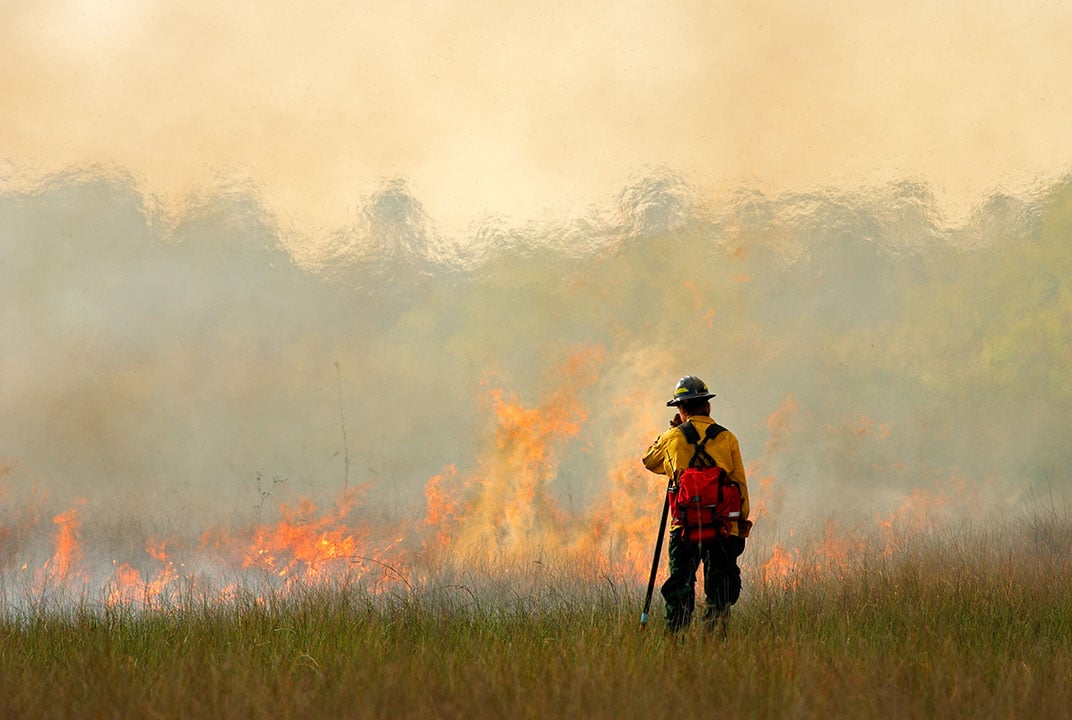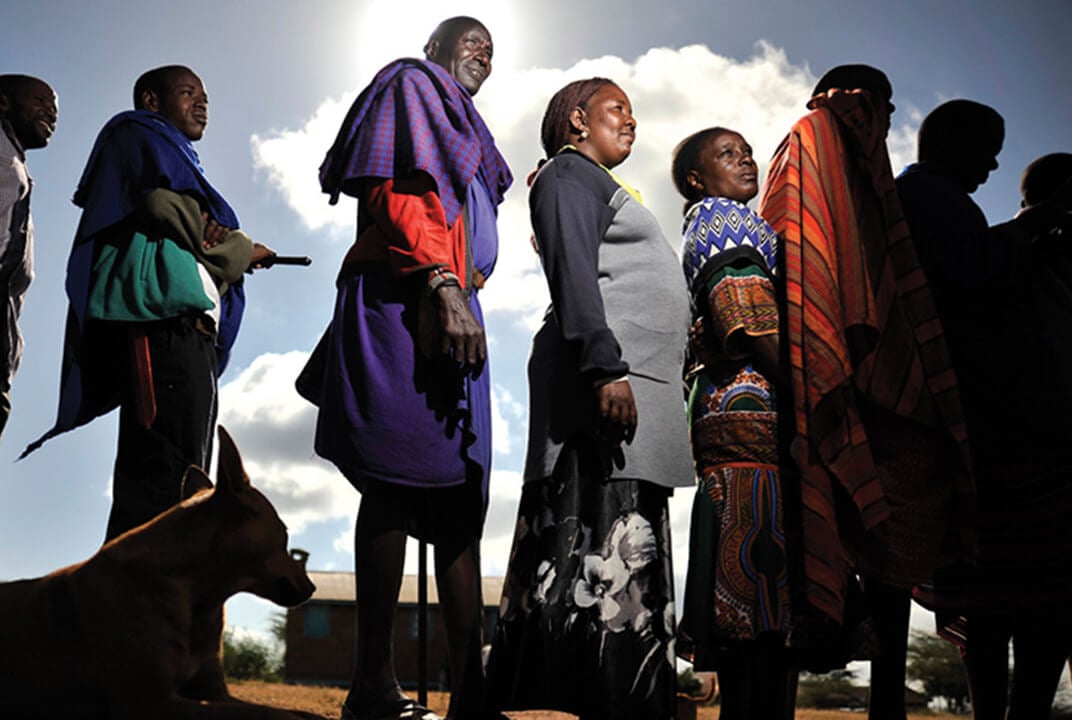Insight | Helping aid workers stay safe in the field
Helping aid workers stay safe in the field
null
Today at the AIDF disaster relief summit in Washington, Drew Brandy (Inmarsat Vice President, Enterprise Market Strategy & Development) and I are participating in a discussion around the safety and security of aid workers in the field and it is interesting to see how aid and humanitarian agencies consider communications vital in their plans to keep their people safe in the field.
Thousands of people, right across the world, owe their lives to the work of aid agencies, and particularly those teams that are deployed in the field. This selfless work transforms the lives of communities struck by disasters, both natural and manmade. In the field, these teams are completely focussed on assessing, containing and managing the incident. This work is vital, but the teams’ role in the volatile centre of a disaster often leaves them vulnerable.
Unfortunately, attacks on field workers are on the increase. According to the International NGO Safety Organisation, there were over 540 reported incidents of violence towards field personnel in 2013. That’s over 100 injuries, more than 130 kidnappings, and more than 40 deaths. And the figures for 2014 are expected to be even higher. With statistics like these, safety and security are top of the agenda for aid and humanitarian agencies, to protect the people that put their lives at risk to aid affected communities in the midst of a disaster.
For me, the role of the private sector is clear. Through constant development of innovative tools and technology, the ICT and communications industries can, and do, make a genuine contribution to the protection of aid personnel in the field. When designing products and services that potentially could be put to use in disaster relief, we need to ensure we take the wellbeing of aid workers into account.
But any communications solution is only as reliable as the infrastructure that supports it. Most of us are used to many different modes of connectivity – cellular networks, accessible broadband and fixed telephone lines. But the majority of work that field personnel undertake is in areas that have little telecoms infrastructure, or with infrastructure that’s been compromised by a disaster.
Satellite technology provides that global, reliable infrastructure to underpin a range of solutions that can bolster the security and safety of field personnel. From the reassurance of being able to call field teams no matter where they go, to GPS tracking and emergency assistance functionality, HQ can monitor their teams and instantly identify any risk to their wellbeing.
Satellite networks can support more than just personal security. As well as tracking and monitoring personnel, satellite connectivity can enable the same level of scrutiny and accountability for physical assets. Whether that’s because they’re dangerous and need cautious handling, or that they’re mission critical and need to be constantly available, a global network means that keeping an eye on valuable assets becomes a reality, even from thousands of miles away.
Machine to machine technology allows the tracking of moving assets like vehicle fleets, from of real-time location, alerts when your fleet move outside of pre-set geo-fenced locations, to reports on vehicle condition and efficiency. So if assets are lost, stolen, or just not performing as well as they should, M2M connectivity, underpinned by a global satellite network, allow aid agencies to react instantly, minimising damage and impacts on operational efficiency.
It’s not just mobile assets that can benefit from monitoring and tracking. With CCTV linked to satellite connectivity, remote surveillance of temporary sites can be set up quickly and easily, no matter where the disaster has taken place. This can both help deter intruders, and keep an eye on valuable equipment.
Safety and security are only part of ensuring the wellbeing of first response personnel. Increasingly aid agencies are looking to support their teams’ welfare; and ICT technology plays an important role. Keeping in touch with loved ones whilst in the field is crucial for improving morale, and with the dependable communications offered by satellite networks, teams can call, text, and email their friends and family from the field, keeping morale high.
Inmarsat’s range of voice and data services, powered by our award-winning, reliable, global mobile satellite network, can support aid agencies in the quest to ensure the safety of their field teams. For more information click here.
About the author
Nada El Marji is Director of NGO Business at Inmarsat and is responsible for setting the strategic direction of Inmarsat’s Enterprise business unit which comprises the Aid, Healthcare and Education sectors. With more than 15 years’ experience in the Mobile Satellite Communications, Healthcare and Education advanced technologies, Ms El Marji has had the chance to support projects that have extended communications to remote communities in different parts of the world throughout her career. As part of her work with Aid and NGO organisations, she is particularly concerned with bringing new and innovative communications solutions to agencies dealing with disaster response. She is also currently focusing on extending quality healthcare and education services to underserved communities through the use of satellite broadband connectivity, which enable remote hospitals, and clinics and schools to access eHealth and eLearning applications. Ms El Marji has an MBA degree from Leicester University, UK.


